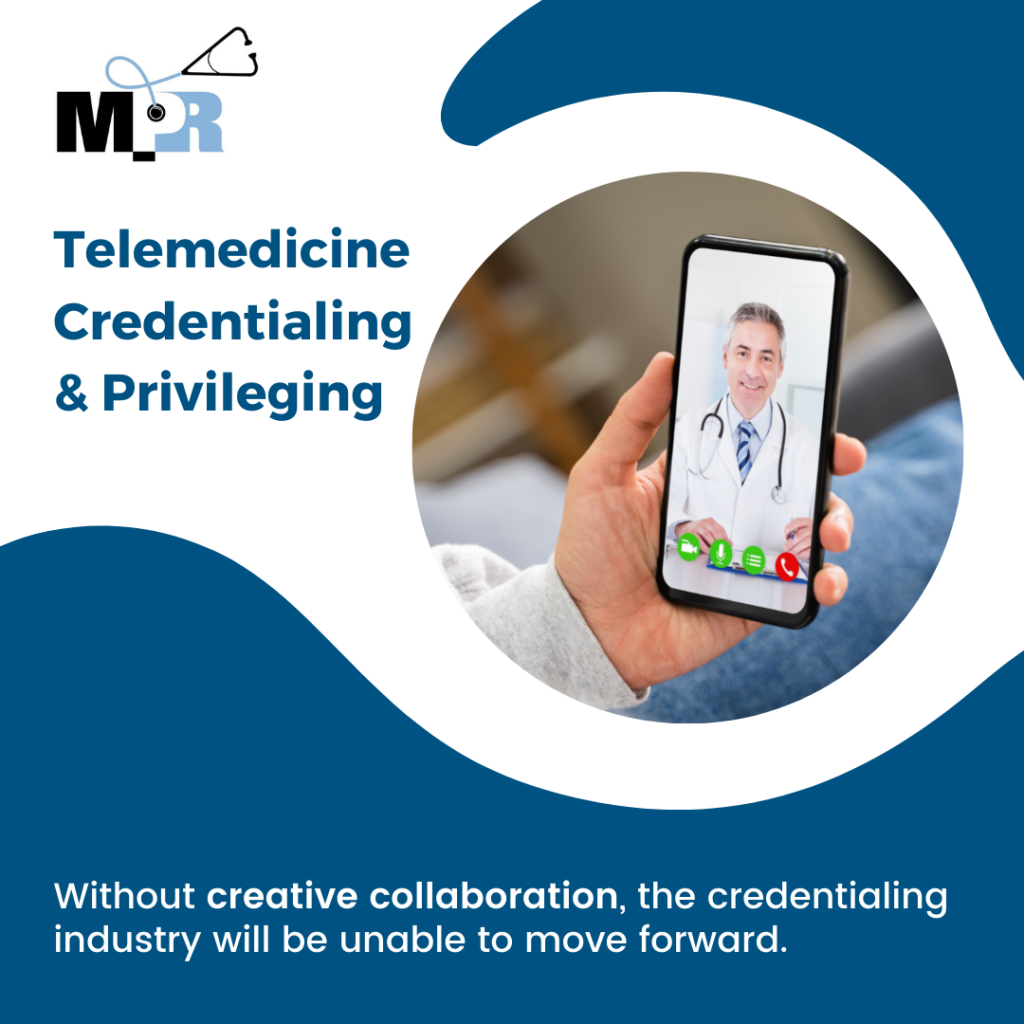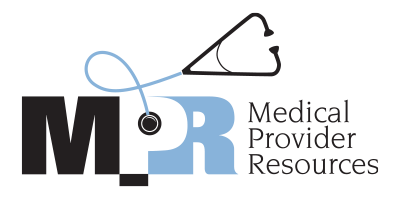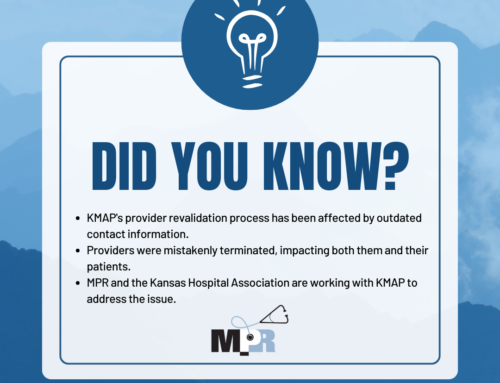“If anyone were to ask me what the future of credentialing looks like, I would have to say it can be summed up in one phrase…creative collaboration. Without creative collaboration, the credentialing industry will be unable to move forward. As much as I enjoy seeing health care facilities working together, it’s especially rewarding to see different licensing and accreditation organizations working together.” – Vicki Bond, CEO of Medical Provider Resources
 An example of creative collaboration can be found in efforts of The Centers for Medicare and Medicaid Services (CMS) and The Joint Commission (TJC) in establishing standards that permit a hospital to rely on the credentialing and privileging decisions of the entity where the physician is based. This collaboration helps hospitals conserve resources and make needed specialties available to patients. To fully comprehend this collaboration effort, we must first understand the terms:
An example of creative collaboration can be found in efforts of The Centers for Medicare and Medicaid Services (CMS) and The Joint Commission (TJC) in establishing standards that permit a hospital to rely on the credentialing and privileging decisions of the entity where the physician is based. This collaboration helps hospitals conserve resources and make needed specialties available to patients. To fully comprehend this collaboration effort, we must first understand the terms:
- Distant Site: Physical location of a practitioner/provider who is remotely seeing a patient or consulting with another provider via telemedicine/teleradiology.
- Originating Site: The physical location of a patient and/or the patient’s physician/provider during a telemedicine encounter or consult.
- Telemedicine: The use of electronic communication tools to transmit medical information between distant sites.
- Telemedicine Entity: Under CMS regulations, a Telemedicine Entity is one that: (a) provides telemedicine services, (b) is not a Medicare-participating hospital, and (c) provides contracted services to a hospital in a manner that enables the hospital to meet applicable Medical Conditions of Participation (CoPs). For example, an organization that provides teleradiology services may be a Telemedicine Entity.
Creativity in Action
A creative convenience has recently surfaced in accessing healthcare services on your phone or iPad. This is especially convenient for patients who are unable to leave their home or live remotely. Physicians and other healthcare providers can connect with patients from distal sites on electronic devices. A recent article from Healthcare Global speaks to the increase in women using telehealth during the pandemic (https://healthcareglobal.com/telehealth-and-covid-19/how-women-have-used-telehealth-during-the-pandemic). The increased demand for telehealth services a direct impact on the increased demand for credentialing providers at the facility.
Collaboration in Action
The CMS regulations permit hospitals to grant privileges to telemedicine practitioners based on the credentialing and privileging decisions of a Distant Site hospital or a Telemedicine Entity. This is great news for smaller hospitals overwhelmed by the burden of privileging specialty physicians. For the hospital to take advantage of the alternative process permitted by CME, there must be a written agreement with the Distant Site or Telemedicine Entity. The agreement must speak to: (a) credentialing and privileging (The Distant Site hospital must be a Medicare-participating hospital and thus governed by the CoPs related to credentialing and privileging. The Telemedicine Entity must adhere to the CoP requirements for credentialing and privileging as well); (b) list of privileges (The Distant Site – where the practitioner is physically located- must provide the Originating Site – where the patient is physically located – a list of the practitioner’s privileges.); (c) licensing (the telemedicine practitioner at the Distant Site where the provider is located or Telemedicine Entity must hold a license to practice in the state where the patient is located; (d) information exchange – the Originating Site where the patient is located must review the provider’s performance of those services and send to the Distant Site where the practitioner is located performance information for use in the periodic appraisal of the provider.
Important Note
The board of directors of the Originating Site where the patient is located is responsible for granting clinical privileges to telemedicine practitioners. What we know about granting privileges is that a Data Bank query is required. The Data Bank query must be performed on behalf of the Originating Site where the patient is located. Also noteworthy is the different requirements for a Joint Commission accredited facility. If your facility is Joint Commission accredited, the Distant Site or Telemedicine Entity whose credentialing and privileging decisions are being relied upon must also be accredited by the Joint Commission.
Conclusion
Facilities that wish to provide telemedicine services are not required to rely on the credentialing privileging decision of Distant Site hospitals/facilities or Telemedicine entities. Some hospitals may prefer to fully credential and privilege telemedicine practitioner using their standard medical staff process. However it is nice to know the opportunity to collaborate with a Distant Site exists in easing the burden of credentialing and privileging.



